
Physical geography is one of the three main branches of geography. Physical geography is the branch of natural science which deals with the processes and patterns in the natural environment such as the atmosphere, hydrosphere, biosphere, and geosphere. This focus is in contrast with the branch of human geography, which focuses on the built environment, and technical geography, which focuses on using, studying, and creating tools to obtain, analyze, interpret, and understand spatial information. The three branches have significant overlap, however.

A horoscope is an astrological chart or diagram representing the positions of the Sun, Moon, planets, astrological aspects and sensitive angles at the time of an event, such as the moment of a person's birth. The word horoscope is derived from the Greek words ōra and scopos meaning "time" and "observer". It is claimed by proponents of astrology that a horoscope can be used as a method of divination regarding events relating to the point in time it represents, and it forms the basis of the horoscopic traditions of astrology, although practices surrounding astrology have been recognized as pseudoscientific since the 18th century. Horoscope columns are often featured in print and online newspapers.

An apsis is the farthest or nearest point in the orbit of a planetary body about its primary body. The line of apsides is the line connecting the two extreme values.
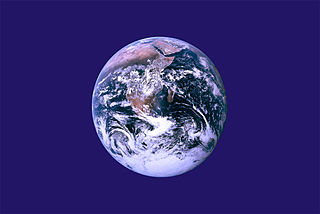
Earth Day is an annual event on April 22 to demonstrate support for environmental protection. First held on April 22, 1970, it now includes a wide range of events coordinated globally by Earthday.org including 1 billion people in more than 193 countries. The official theme for 2024 is "Planet vs. Plastics." 2025 will be the 55th anniversary of Earth Day.
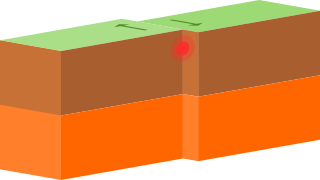
A transform fault or transform boundary, is a fault along a plate boundary where the motion is predominantly horizontal. It ends abruptly where it connects to another plate boundary, either another transform, a spreading ridge, or a subduction zone. A transform fault is a special case of a strike-slip fault that also forms a plate boundary.

Earth First! is a radical environmental advocacy group that originated in the Southwestern United States. It was founded in 1980 by Dave Foreman, Mike Roselle, Howie Wolke, Bart Koehler, and Ron Kezar. Today there are Earth First groups around the world including ones in Australia, Belgium, Canada, the Czech Republic, France, Germany, India, Ireland, Italy, Mexico, the Netherlands, Nigeria, New Zealand, the Philippines, Poland, Slovakia, Spain, the United Kingdom, and the United States.

In geology, a fault is a planar fracture or discontinuity in a volume of rock across which there has been significant displacement as a result of rock-mass movements. Large faults within Earth's crust result from the action of plate tectonic forces, with the largest forming the boundaries between the plates, such as the megathrust faults of subduction zones or transform faults. Energy release associated with rapid movement on active faults is the cause of most earthquakes. Faults may also displace slowly, by aseismic creep.

Hardline is a deep ecology subculture that has its roots in the vegan straight edge hardcore punk scene. It is commonly seen as a more extreme version of straight edge. From its outset, Hardline adherents put out statements and literature pushing a biocentric view of the world, which advocated for militant veganism, animal rights, anti-abortion, anti-homosexuality, and a much more militant version of the straight edge philosophy, which advocates for a no alcohol, no drugs, no tobacco lifestyle. The Hardline worldview has been described variously as ecoauthoritarian and ecofascist in nature. Nonetheless, Hardline co-founder Sean Muttaqi adamantly rejected racism and fascism.

The Goddess movement is a revivalistic Neopagan religious movement which includes spiritual beliefs and practices that emerged predominantly in the Western world during the 1970s. The movement grew as a reaction both against Abrahamic religions, which exclusively have gods with whom are referred by masculine grammatical articles and pronouns, and secularism. It revolves around Goddess worship and the veneration for the divine feminine, and may include a focus on women or on one or more understandings of gender or femininity.

Environmentalism is about caring for the Earth. The Earth is our natural biological habitat, and protecting the Earth will ensure that we survive for generations to come. There are many environmental issues. 1) We use chemicals on farms that are weakening the soil. We only have 17 more years of farmable soil on Earth, so we need to stop using harmful chemicals on farms. 2) Freshwater comes to our homes from lakes. Showers and toilets use freshwater. This water is then dumped into oceans, which is resulting in a freshwater shortage since oceans are salt water. We only have 38 more years left of freshwater on Earth. We need to redesign showers and toilets to not use freshwater. 3) Oil is burned to produce electricity and heating in homes. We can replace this form of energy with wind turbines and solar panels. Neither wind turbines or solar panels cause pollution.
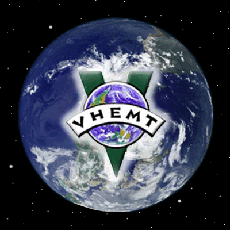
The Voluntary Human Extinction Movement (VHEMT) is an environmental movement that calls for all people to abstain from reproduction in order to cause the gradual voluntary extinction of humankind. VHEMT supports human extinction primarily because it would prevent environmental degradation. The group states that a decrease in the human population would prevent a significant amount of human-caused suffering. The extinctions of non-human species and the scarcity of resources caused by humans are frequently cited by the group as evidence of the harm caused by human overpopulation.
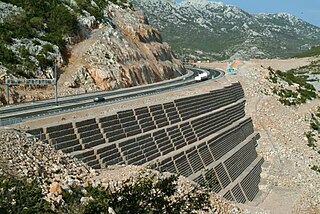
A gabion is a cage, cylinder or box filled with rocks, concrete, or sometimes sand and soil for use in civil engineering, road building, military applications and landscaping.
The term Uttarāyaṇa is derived from two different Sanskrit words – "uttaram" (North) and "ayanam" (movement) – thus indicating the northward movement of the Sun. In the Gregorian calendar, this pertains to the "actual movement of the sun with respect to the earth." Also known as the six month period that occurs between the winter solstice and summer solstice. According to the Indian solar calendar, it refers to the movement of the Sun through the zodiac. This difference is because the solstices continually precess at a rate of 50 arcseconds per year due to the precession of the equinoxes, i.e. this difference is the difference between the sidereal and tropical zodiacs. The Surya Siddhanta bridges this difference by juxtaposing the four solstitial and equinoctial points with four of the twelve boundaries of the rashis.
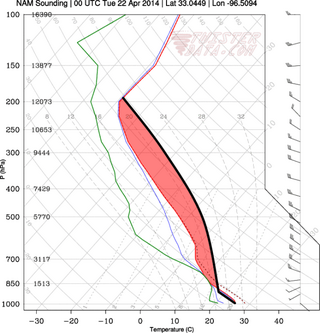
In meteorology, convective instability or stability of an air mass refers to its ability to resist vertical motion. A stable atmosphere makes vertical movement difficult, and small vertical disturbances dampen out and disappear. In an unstable atmosphere, vertical air movements tend to become larger, resulting in turbulent airflow and convective activity. Instability can lead to significant turbulence, extensive vertical clouds, and severe weather such as thunderstorms.
Post-colonial anarchism is a term used to describe anarchism in an anti-imperialist framework. Whereas traditional anarchism arose from industrialized Western nations—and thus sees history from their perspective—post-colonial anarchism approaches the same principles of anarchism from the perspective of colonized peoples. It is highly critical of the contributions of the established anarchist movement, and seeks to add what it sees as a unique and important perspective. The tendency is strongly influenced by indigenism, anti-state forms of nationalism, and anarchism among ethnic minorities, among other sources.
Transport or transportation is the intentional movement of humans, animals, and goods from one location to another. Modes of transport include air, land, water, cable, pipelines, and space. The field can be divided into infrastructure, vehicles, and operations. Transport enables human trade, which is essential for the development of civilizations.
The Earth Liberation Front (ELF), also known as "Elves" or "The Elves", is the collective name for autonomous individuals or covert cells who, according to the ELF Press Office, use "economic sabotage and guerrilla warfare to stop the exploitation and destruction of the environment".

Total liberation, also referred to as total liberation ecology or veganarchism, is a political philosophy and movement that combines anarchism with a commitment to animal and earth liberation. Whilst more traditional approaches to anarchism have often focused primarily on opposing the state and capitalism, total liberation is additionally concerned with opposing all additional forms of human oppression as well as the oppression of other animals and ecosystems. Proponents of total liberation typically espouse a holistic and intersectional approach aimed at using direct action to dismantle all forms of domination and hierarchy, common examples of which include the state, capitalism, patriarchy, racism, heterosexism, cissexism, disablism, ageism, speciesism and ecological domination.
The Geological Society of America Bulletin is a peer-reviewed scientific journal that has been published by the Geological Society of America since 1890. Its first editor was William John McGee. According to the Journal Citation Reports, the journal has a 2016 impact factor of 4.212.
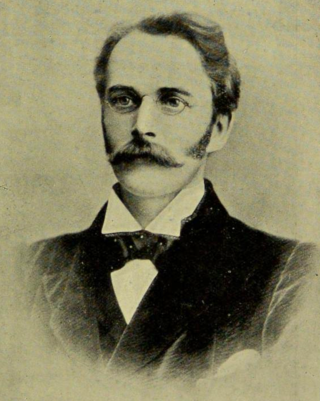
Sidney Hartnoll Beard was an English fruitarian, vegetarian activist and writer. He was President of the international animal rights society, the Order of the Golden Age.














